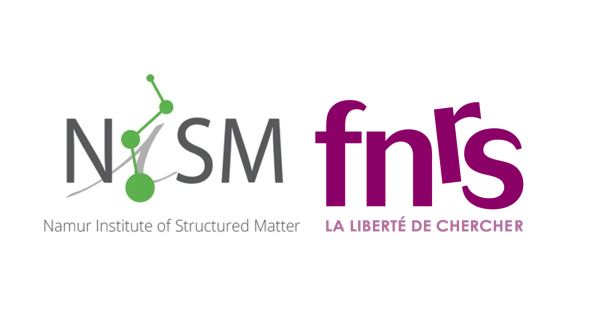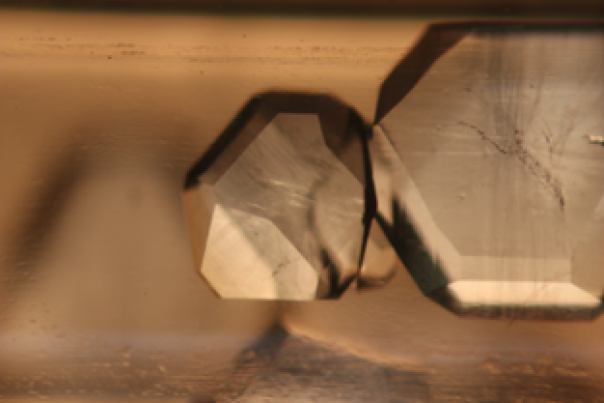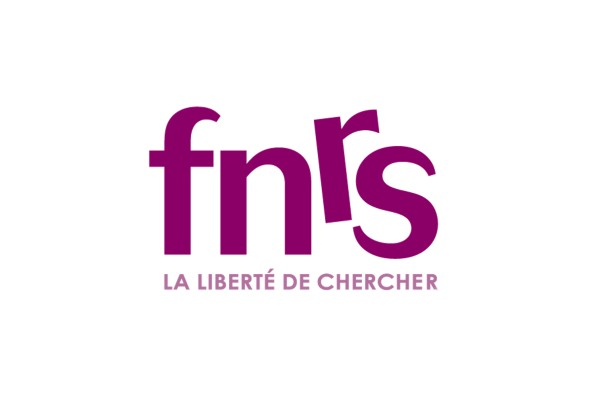This research project (PDR) is a co-promotion of Professors Tom Leyssens (UCLouvain) and Johan Wouters (UNamur). It aims to bring the process of uprooting by crystallization into the era of "green chemistry".
Uprooting is a term used in chemistry to describe the process of separating a racemic mixture into its two enantiomers, i.e. the chiral (left and right) forms of a molecule. In the pharmaceutical industry, 50% of marketed drug compounds contain a chiral center, which is essential to their functioning. When one enantiomer has the desired pharmacological effect, the other may be inactive or have undesirable effects. For this reason, new drugs are often marketed as enantiopure compounds (i.e. free of their impure "chiral twin").
The most common way of obtaining chiral drugs still involves the formation of a racemic mixture. This can then be produced by chemical or physical separation techniques, with a yield loss of 50%. If the compound in question is "racemizable", the unwanted enantiomer can technically be converted back into a racemic mixture, resulting in a theoretical yield of 100%. Over the past decade, various crystallization-based uprooting methodologies have been developed. However, all these methods require the use of large quantities of solvent, as they are crystallization processes.
This research aims to take these processes to the next level, not only by making them more efficient (less time-consuming), but also by bringing them into the realm of "green chemistry". To this end, the researchers are proposing mechanochemical variants for conglomerates and racemic compounds.
These processes will be
- Inherently "green", since the unwanted enantiomer is transformed into the desired enantiomer;
- Enabled by mechanochemistry, which eliminates the need for solvent, making them "greener" than solution-based methods.
- The "greenest" possible, thanks to their efficiency (very fast timescale and low energy consumption).



